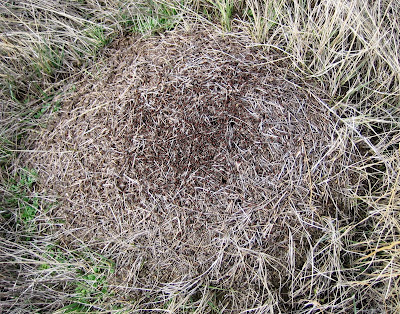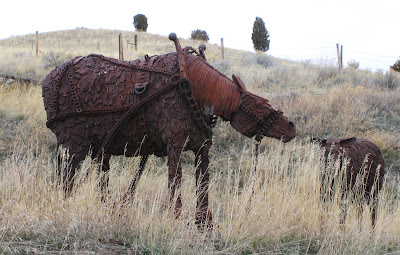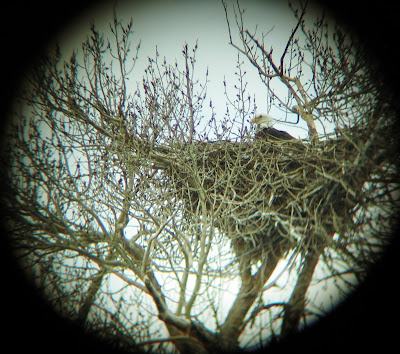Butte, America, sits in a cul-de-sac of the Continental Divide at an elevation of about 6,000 feet in the Northern Rockies.
Walkerville is an old mining community that sits on the hill above Butte.
Saturday was Mrs ER's birthday. We began with a short walk with RolyTheDog out back of the house. Our neighborhood in Walkerville lies at the very edge of built up space with very little "sprawl" beyond. The land was heavily damaged by mining and smelting for a century beginning in the 1880s, but today it is a recovering ecosystem. Each year, we find new native (and some exotic) plants and animals colonizing the area around our house.
Our first wildflowers are coming into bloom, including
Biscuitroot (
Lomatium cous), with its starchy root that was an important staple for Nez Perce, Northern Shoshone, and other local Indian tribes:

And the cute, almost whimsical little Wyoming Kittentails (
Besseya wyomingensis):

No walk around our neighborhood is complete without saying "Hi" to some of the neighbor horses. This friendly mare is raising her colt with the friendly, open demeanor shared by most Buttians and Walkervillains:

A fine looking yearling, and a poser too:

For the afternoon, we drove a half-hour across the Great Divide for a hike up a side coulee along the relatively pristine
Big Hole River:

Where the deer and the antelope (and the bighorned sheep) play. Here, some mule deer and big horned sheep ewes:


In this landscape, even an old wrecked car takes on a rusty beauty :

We watched a golden eagle soaring effortlessly high on a thermal, a flock of turkey buzzards searching for the smell of carrion, and the usual mountain bluebirds and red-shafted flickers.
One of my favorite spring flowers was blooming: Hooker's Townsendia (
Townsendia hookeri) aka "Easter Daisy." Or are they the similar
Townsendia exscapa --both have hairy, silvery gray leaves, are rare in much of their range, and grow flowers without stems. Schlieman (2005),
Wildflowers of Montana, says
exscapa lacks a hairy tuft on the tip of the involucral bract (?). Anyway, I love 'em:


The day ended with a Happy Birthday dinner at our favorite restaraunt, the
Old Hotel in Twin Bridges:

Mmmm... a rack of lamb, a glass of old vine
Zinfandel (my favorite wine, of late), and Thou (aka Mrs ER, my favorite for 37 years)...




























































